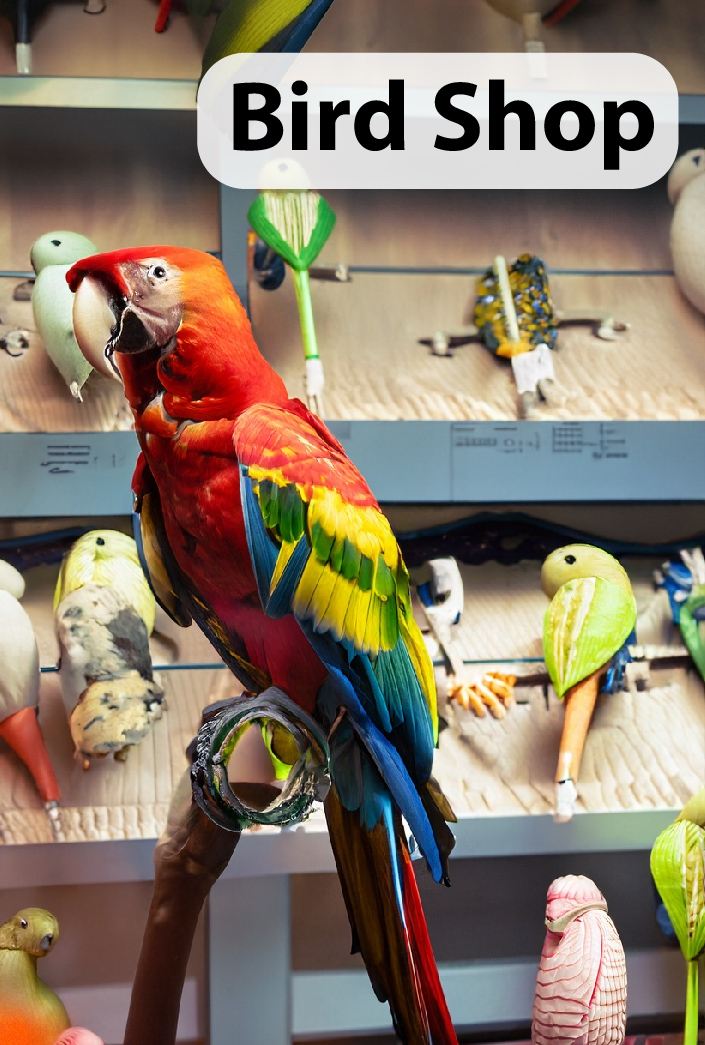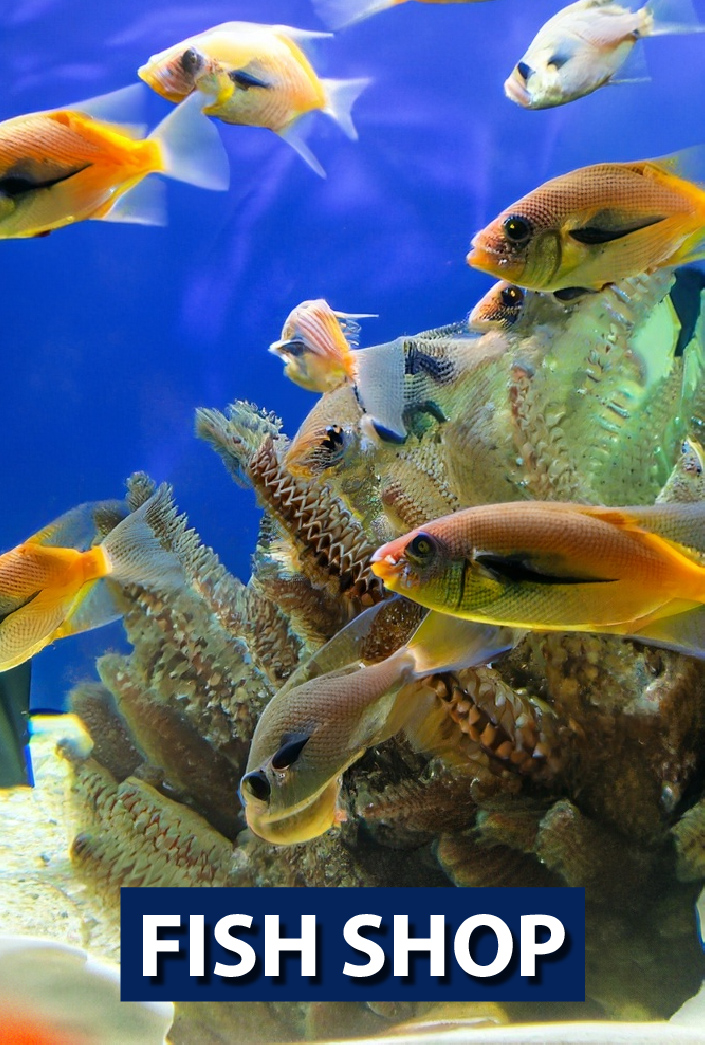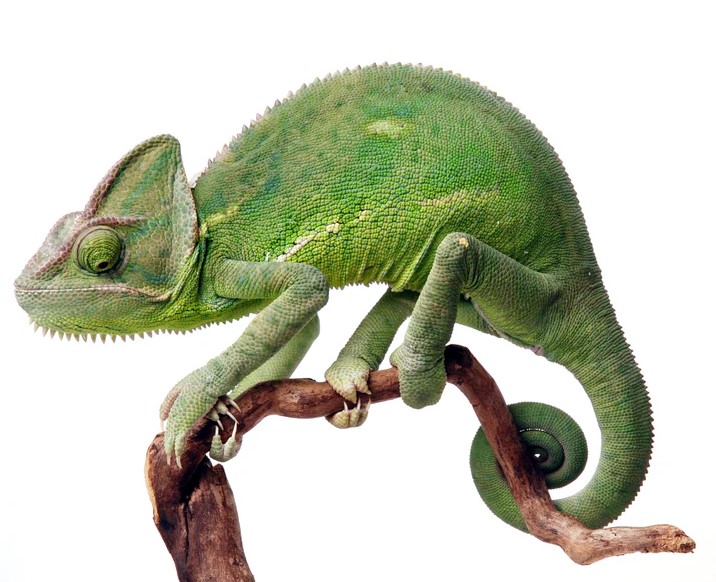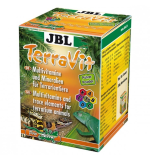Caring for a veiled chameleon (*Chamaeleo calyptratus*) can be a rewarding experience, but they do have specific needs that must be met to ensure their health and well-being. Veiled chameleons are known for their vibrant colors and unique personalities. Here’s a comprehensive guide to help you care for your veiled chameleon:
### 1. **Habitat Setup**
#### Enclosure
- **Size**: A minimum of a **24” x 24” x 48”** (60 cm x 60 cm x 120 cm) vertical enclosure is recommended for adults, as they are arboreal and need vertical space to climb.
- **Type**: A screen cage or glass terrarium with good ventilation is ideal. Make sure it has a secure top to prevent escapes.
#### Substrate
- **Options**: Use paper towels, reptile carpet, or a non-adhesive shelf liner. Avoid loose substrates like sand or gravel to prevent impaction if ingested.
#### Plants and Decor
- **Live Plants**: Incorporating live plants such as pothos, ficus, or umbrella plants can help maintain humidity and provide hiding spots.
- **Branches**: Provide branches and vines for climbing. Ensure they are securely placed and offer various heights and angles.
### 2. **Temperature and Lighting**
#### Temperature
- **Basking Spot**: 85°F - 95°F (29°C - 35°C)
- **Cool Side**: 70°F - 80°F (21°C - 27°C)
- **Nighttime Temperature**: 60°F - 70°F (16°C - 21°C)
Use a heat lamp or basking bulb to achieve the required temperatures. Always use a thermometer to monitor temperature levels.
#### Lighting
- **UVB Lighting**: Provide a UVB bulb (5.0 or 10.0 UVB) to help synthesize vitamin D3, which is essential for calcium absorption. Replace UVB bulbs every 6-12 months.
- **Photoperiod**: A 12-hour light/dark cycle is recommended to mimic natural conditions.
### 3. **Humidity**
- **Levels**: Maintain humidity levels between **40% - 70%**. Higher humidity is required for hydration and shedding.
- **Misting**: Use a misting system or a spray bottle to mist the enclosure several times a day. Misting in the morning and evening is often beneficial.
- **Water Dish**: While many chameleons prefer drinking water droplets from leaves, you can also provide a shallow water dish.
### 4. **Feeding**
#### Diet
- **Insects**: Veiled chameleons primarily eat live insects such as crickets, mealworms, superworms, and roaches. They can also eat hornworms and silkworms occasionally.
- **Vegetables**: Occasionally offer dark leafy greens (e.g., collard greens, mustard greens) and fruits (e.g., mango, papaya) as treats.
- **Calcium and Supplements**: Dust insects with calcium powder 3-4 times a week and use a multivitamin supplement once a week.
#### Feeding Schedule
- **Juveniles**: Feed daily, providing as many insects as they can eat in 10-15 minutes.
- **Adults**: Feed every other day, adjusting based on individual appetite.
### 5. **Handling**
- **Temperament**: Veiled chameleons can be more skittish and less tolerant of handling than some other reptiles. It's important to approach handling with care.
- **How to Handle**: If handling is necessary, do so gently and avoid grabbing them from above, as this can be perceived as a predator. Start with short sessions and gradually increase as they become more accustomed to you.
### 6. **Health Care**
- **Regular Checks**: Monitor your chameleon for signs of illness, such as lethargy, lack of appetite, abnormal shedding, or respiratory issues (e.g., wheezing).
- **Shedding**: Ensure proper humidity to aid in shedding. A lack of humidity can lead to stuck shed on toes and eyes.
- **Veterinary Care**: Regular check-ups with a reptile-savvy veterinarian are recommended, especially if you notice any health issues.
### 7. **Behavior and Enrichment**
- **Activity**: Veiled chameleons are typically more active in the morning and may spend a lot of time basking or exploring.
- **Environmental Enrichment**: Provide a variety of branches and plants to encourage climbing and exploration, which helps to stimulate their natural behaviors.
### 8. **Breeding**
- **Breeding Season**: Breeding typically occurs during the warmer months. Introduce a female to a male only if you are prepared for potential breeding and egg-laying.
- **Egg Laying**: Females will lay eggs even without a male, so provide a laying bin with moist substrate (e.g., sand) for them to dig in.
### 9. **Lifespan and Growth**
- **Lifespan**: With proper care, veiled chameleons can live 5-10 years or more in captivity.
- **Growth Rate**: Juveniles grow rapidly, reaching maturity within 6-12 months, depending on diet and care.
### 10. **General Tips**
- **Research**: Always research thoroughly and understand the specific needs of veiled chameleons before bringing one home.
- **Community**: Join online forums or local reptile groups for support and information from other chameleon keepers.
### Conclusion
Caring for a veiled chameleon requires attention to their habitat, diet, and health. They can make fascinating pets with their unique behaviors and personalities. By providing the right environment and care, you can enjoy a healthy and happy chameleon for many years. If you have any specific questions or need further information, feel free to ask!











 Next Day Delivery
Next Day Delivery
 60 Min Delivery
60 Min Delivery



















